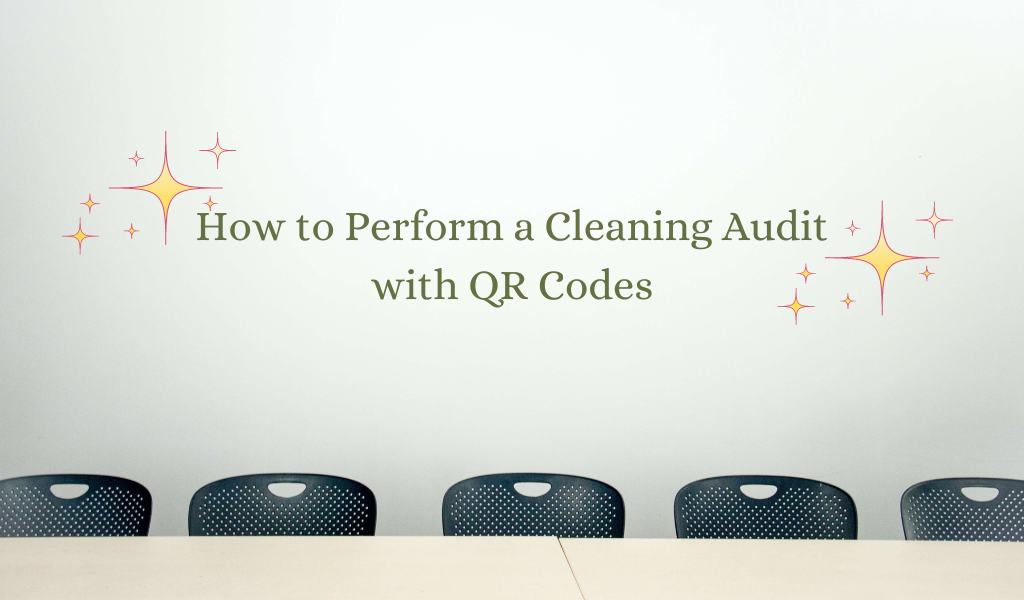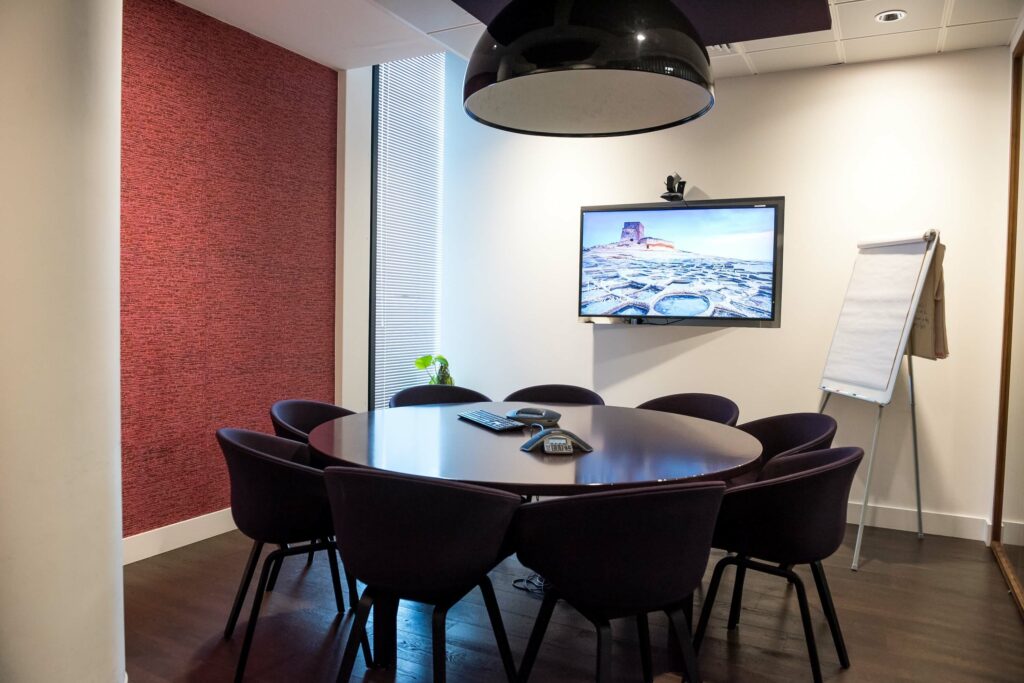When it comes to quality control, a cleaning audit is one of your most powerful tools. Here’s how it gets even better with QR codes.
Your customers expect the best, and you want to give them the best. It’s a natural characteristic of good customer service. One tool to ensure you’re meeting the standards you and your customers set is a cleaning audit.
When it comes to quality control, you don’t want to cut corners. Even if they don’t notice right away, your customers will eventually realize the job isn’t getting done the way it should. That’s one reason a cleaning audit is such an important part of your strategy.
An audit goes beyond just making sure a job is complete. With an audit, you get more in-depth with the process, looking at factors like dwell time and whether the correct cleaning product was used.
Learn how QR Codes from Janitorial Manager can increase client retention and even attract new customers! Schedule a free discovery call and find out how.
Your guide to a cleaning audit
A cleaning audit can give you a lot of information. Most importantly, however, it’s about quality control and customer service. Is the job getting done correctly? Are those high-touch areas getting disinfected or are they just getting a cursory wipe?
You can also learn if your employee onboarding and training are effective. Is the same mistake happening repeatedly and by different people? If so, it might be time to review some procedures.
Before a cleaning audit, however, you need to know what you’re looking for. An easy place to begin is with your cleaning checklists. If you use QR codes, such as Scan4Clean, you can get a checklist for any area of a facility. Remember, though, an audit is about whether the job is done and if the proper procedures were followed. That means you’ll need to shadow your team as they do their job.
Of course, if you shadow them, they’re going to do the job right? Then how do you know if they always do it that way or if it’s just because you’re there? Here’s where those QR codes come in handy.
With the Scan4Clean system, your employees will check into and out of an area. Additionally, they get a list of tasks that they’ll check off as they perform. So you can look at things like historical time in any given part of a facility.
How does this help? Let’s say the last three times your employee has cleaned area 1, it’s taken them 30 minutes. During your cleaning audit, they spend 45 minutes cleaning that same area. Then they go back to 30 minutes the next few times. There’s something worth exploring.
Be aware that this shouldn’t be a trap or a moment to “catch” your employees doing something wrong. Your goal here is to ensure the job is getting done right. There could be perfectly good reasons why the job took longer with you there; it’s nerve-wracking when someone watches you do your job. Which brings up this: if you conduct a cleaning audit every now and then, it’s going to be stressful for your team.
If audits are part of your regular process, it becomes something people get used to. You could even do unofficial audits as you work side by side with your team. Additionally, people work more naturally when audits are a regular occurrence, so it’s more likely you’ll get the “real” version of how your team works.
What to do with a poor audit
It would be nice if every cleaning audit was spectacular, but the truth is that’s not going to happen. There’s almost always room for improvement. But what happens when you have an entire list of things that could improve?
First, don’t assume the employee is cutting corners or doing a bad job on purpose. Certainly, that’s a possibility, but it’s best to set that idea to the side for now. Let’s start with the QR code.
When you scan your code, is the checklist clear? Is it too basic? Are there things missing that would help your team do a more thorough job? This isn’t about adding more tasks, but going into more detail with each task. For example, you could specify which cleaning products to use on a surface, how long the dwell time is, and how often the task needs to be done. Adding specifics to a checklist can help clear up confusion or fill in knowledge gaps.
If you find that there are common areas that keep coming up short, and you’ve already examined your checklist, it’s time to review your training. But don’t just rehash the basic training plan. Conduct a focused training on the shortcomings of your audits. And if you really want to see improvement, don’t just tell your team what to do, but explain why.
People are far more likely to follow guidelines if they know, for example, that certain disinfection procedures can help people avoid getting sick.
Just like QR codes, your cleaning audits are tools to help your business improve and offer excellent customer service. Take advantage of them and you’ll soon enjoy the benefits of a more effective janitorial team.
Make your cleaning business more organized, efficient, and profitable. Schedule a free call with Janitorial Manager to learn how mobile-friendly scheduling software can help you streamline your operation like never before.


